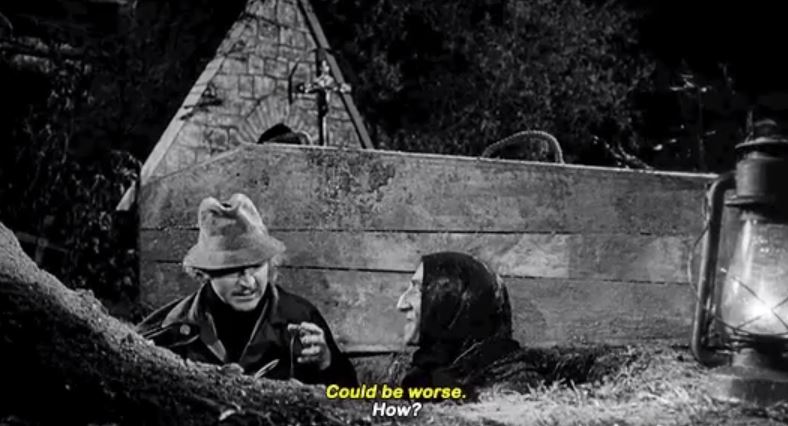A mortsafe is a cage designed to protect the coffin and the dead from grave robbers

A Mortsafe: Protecting the Dead and their Coffins from Grave Robbers

In the early 19th century, grave robbery was a significant issue that plagued many communities around the world. Scotland, in particular, experienced a surge in such activities, compelling locals to develop ingenious methods to protect the deceased and their coffins. One of the most effective solutions to deter grave robbers was the installation of mortsafes – sturdy metal cages designed specifically for this purpose. This article delves into the fascinating history and significance of mortsafes.
Mortsafes were essentially security cages that were placed over graves to safeguard the remains of the deceased. These cages, made from iron, steel, or lead, often weighed hundreds of kilograms and had complex locking mechanisms, making them virtually impenetrable to grave robbers. They were primarily used during the 18th and 19th centuries when the demand for human cadavers was high for medical research and dissection.

During this time, medical schools faced a shortage of cadavers, which led to an illegal market for stolen bodies. Grave robbers, also known as body snatchers, would often dig up freshly buried corpses and sell them to medical institutions for profit. This macabre trade caused widespread indignation among the public, leading to a demand for measures to prevent such desecration.
Mortsafes were designed specifically to tackle this problem. They were placed over graves, encasing the coffin and the remains securely. The sheer weight and intricate locking systems of the cages made it nearly impossible for grave robbers to break in quickly. The designs of these mortsafes varied, ranging from simple metal enclosures to elaborate structures with multiple layers of security.
The use of mortsafes became particularly prevalent in Scotland, where grave robbery was rampant, especially in regions like Edinburgh. One of the most famous examples of mortsafe usage can be found at Greyfriars Kirkyard, a historic cemetery in Edinburgh. Here, many of the graves are still adorned with these intricate metal cages, showcasing their enduring significance and unique design.
The introduction of mortsafes significantly deterred grave robbers, who often sought easier targets due to the time-consuming nature and high risk associated with breaking into these metal fortresses. As a result, the use of mortsafes played a vital role in alleviating the distress caused by grave-robbing, providing grieving families with much-needed peace of mind.
Though the prominence of mortsafes diminished with time as other means of preserving the graves were developed, their historical significance remains intact. They serve as a reminder of a grim period in history when the sanctity of graves was constantly under threat. Today, mortsafes represent an architectural curiosity, attracting historians and visitors interested in exploring this unique aspect of the past.
In conclusion, mortsafes were innovative structures designed to protect coffins and the deceased from grave robbers during the 18th and 19th centuries, particularly in Scotland. These metal cages, with their significant weight and intricate locks, acted as formidable obstacles for body snatchers, safeguarding the resting place and dignity of the dead. The usage of mortsafes significantly deterred grave-robbing activities, providing solace to grieving families in a time of rampant desecration.
Tags
Share
Related Posts
Quick Links
Legal Stuff

